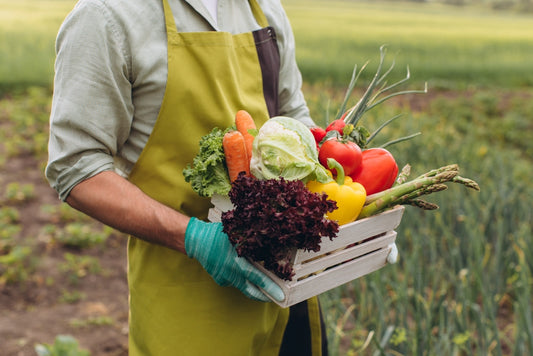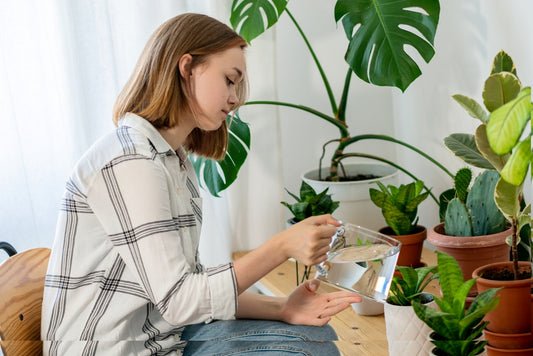
Have you ever wondered why your plants become stunted and their leaves turn yellow despite plenty of water, good light, and fertilizer? It may be because they lack the essential nutrient iron. Iron is key to plant growth and development — plants use it to create chlorophyll which gives them their coloration while also allowing them to absorb energy from the sun through photosynthesis.
In this blog post, we'll explore how iron impacts plant growth and discuss some ways to add it back into your soil for thriving crops.
Do Plants Need Iron?
Iron is an essential mineral for many organisms on Earth, including plants. Iron plays a critical role in the functioning of enzymes and proteins in plants as it helps transport nutrients and oxygen within the plant's cells. Plants obtain iron from the soil and convert it into a form they can use. When iron levels in the soil are too low, plants suffer iron deficiencies that lead to yellowing leaves, stunted growth, and damaged root systems.
This is why iron supplementation has become a vital practice for promoting healthy plant growth – by increasing iron availability in the soil, we can reduce iron deficiency symptoms and help ensure healthier plants.
Iron Deficiency in Plants
Iron deficiency in plants occurs when the iron needed for normal activities such as photosynthesis and respiration is not present. Iron is an essential macronutrient that helps manufacture chlorophyll, allowing plants to use energy from light. If iron levels are too low, plant growth is inhibited, and leaves may display yellowing around the margins or veins—a condition called chlorosis.

Iron deficiencies can be caused by soil pH being too high or poor nutrition but can usually be rectified by adding iron-rich fertilizer to the soil. Some other strategies for helping iron-deficient plants include incorporating organic matter into the soil and lowering pH levels if necessary. Becoming familiar with the best fertilizer, soil amendments and best feed for plants can help gardeners understand how to keep their plants healthy and free of iron deficiency.
How to Properly Apply Iron Fertilizer on Plants?
Applying fertilizer, like Iron, ensures iron-deficient plants are healthy as it is also one of the best lawn treatments. To apply iron fertilizer, follow these steps:
- Start by choosing one that’s iron-rich and organic if possible.
- Next, make sure to wear any necessary safety gear that comes with the product.
- Once ready to apply, sprinkle the iron fertilizer on the soil around the plant in a circular pattern and lightly incorporate it into the top layer of soil using a rake or hoe.
- Water it well after application so it gets down to where the iron is needed – usually near the roots or at the base of smaller plants.
Be sure not to exceed the recommended rate of iron fertilizer per square meter of soil or area around the plant as this could lead to too much iron in leaves leading to yellowing and even death.
Iron plays an essential role in the health and development of plants. Iron deficiency can cause stunted growth, yellowing leaves, and a lack of energy from the sun — problems that can all be solved with Certified Prevegenics Almighty Iron, the best liquid fertilizer for plants to cure iron deficiency. This fast-acting and easy-to-use product helps restore vibrancy to your plants while also protecting them from further strain.
Regarding your garden's health, a little preventive maintenance goes a long way, and Certified Prevegenics has you covered. So make sure to purchase Certified Prevegenics products today — your plants will thank you!



